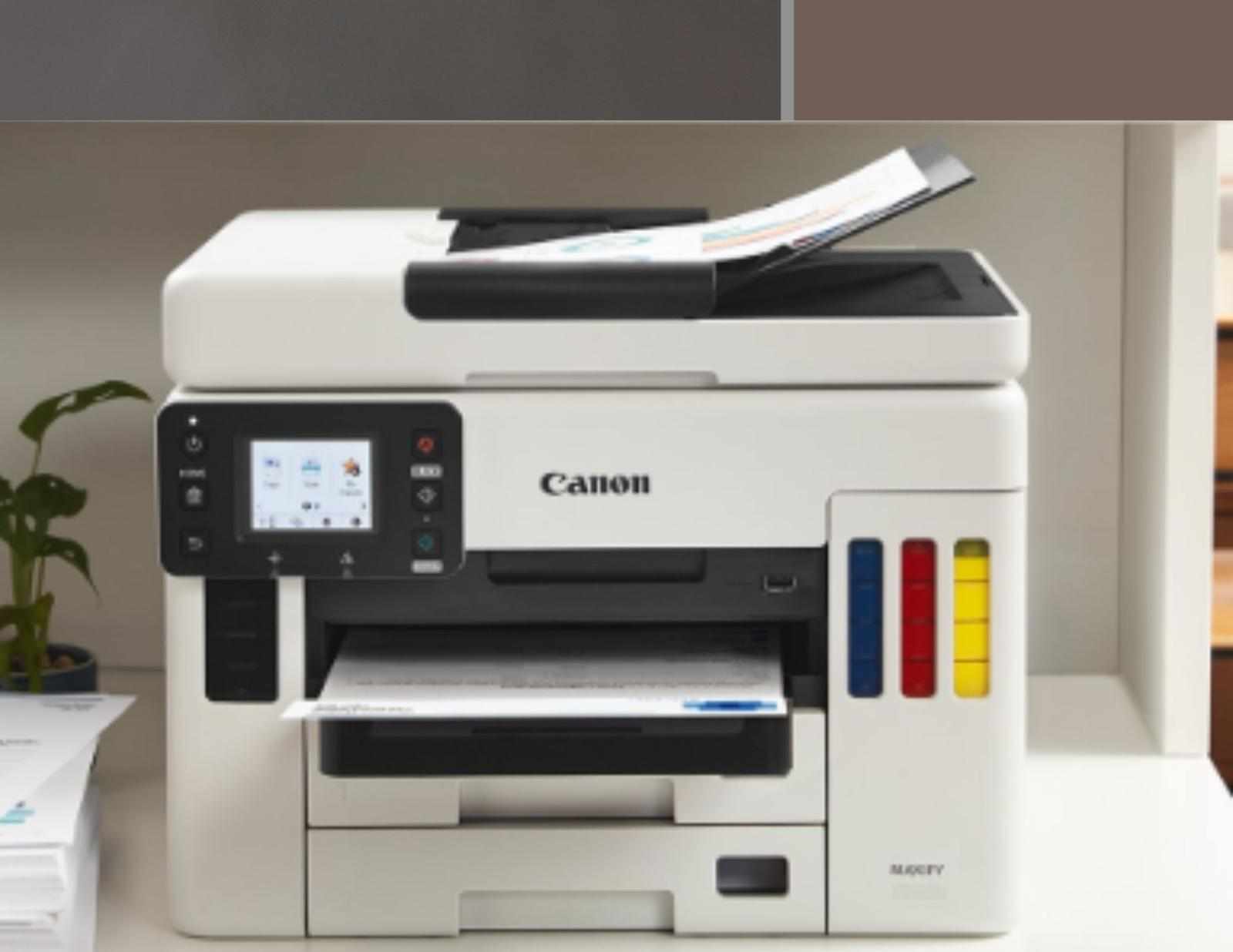
Setting up a Canon printer on a Windows computer has never been easier. With wireless setup, you can print from multiple devices without cables, ensuring flexibility and convenience for home or office use. This guide walks you through installing your Canon printer step-by-step, troubleshooting common issues, and highlighting the benefits of wireless printing.
👉 Need more help? [Click Here: Live Chat] or [Dial +1-801-878-6858 USA]
Why Choose Canon Printers?
Canon printers are trusted worldwide for their:
High-quality printing: Crisp text and vibrant images.
Wireless connectivity: Easy printing from multiple devices.
User-friendly setup: Simple installation via driver software.
Reliability: Long-lasting performance for home or office needs.
Advanced features: Mobile printing, cloud printing, scanning, and copying.
Step 1: Gather Requirements
Before beginning the installation, ensure you have the following:
Canon Printer: The model you want to install.
Wi-Fi Network: A stable network for wireless connection.
Computer with Windows OS: Windows 10, 11, or later.
Installation CD or Driver File: Drivers are often available online if no CD is provided.
Canon Printer Manual: Helpful for specific instructions and troubleshooting.
Step 2: Download Canon Printer Driver
Visit the official Canon Support website.
Enter your printer model in the search bar.
Select your Windows operating system.
Download the latest Canon printer driver and save it to your computer.
Step 3: Connect Canon Printer to Computer via Wi-Fi
Power On the Printer
Connect the printer to a power source and turn it on.
Access Wi-Fi Setup Mode
Navigate to Setup > Wireless LAN Settings > Wi-Fi Setup Wizard on your printer.
Select Your Network
Choose your Wi-Fi network (SSID) from the available list.
Enter your Wi-Fi password carefully.
Confirm Connection
Once connected, the printer will display a success message.
Ensure your computer is on the same Wi-Fi network for seamless installation.
Step 4: Install the Printer Driver
Open the downloaded driver file on your computer.
Follow the on-screen instructions to install the driver and software.
Select Wireless Connection when prompted.
Complete the installation process.
Step 5: Add the Canon Printer to Windows
Open Settings > Devices > Printers & Scanners.
Click Add a Printer or Scanner.
Select your Canon printer from the list and click Add Device.
Step 6: Test Your Printer
Print a test page to verify the printer is working correctly.
Try printing from multiple devices to ensure proper wireless connectivity.
Troubleshooting Common Issues
Printer Not Detected
Ensure the printer and computer are on the same Wi-Fi network.
Restart the printer and computer.
Driver Installation Fails
Re-download the driver from Canon’s official website.
Temporarily disable antivirus or firewall software during installation.
Printing Errors
Clear any pending print jobs in the print queue.
Restart the printer and check for firmware updates.
Why Wireless Printing Is a Game-Changer
Wireless printing eliminates the need for USB cables, allows printing from multiple devices, and improves workflow efficiency. Mobile and cloud printing options make it convenient to print from smartphones, tablets, and laptops anywhere within the network range.
Benefits of Canon Wireless Printer Setup
Convenience: Print from multiple devices without cables.
Connectivity: Share your printer with family or colleagues on the same network.
Efficiency: Reduces setup time and clutter, allowing faster access to printing and scanning features.
Flexibility: Mobile printing apps enable printing directly from smartphones or tablets.
Final Thoughts
Installing a Canon printer on a Windows computer is straightforward when following the step-by-step wireless setup. By downloading the correct drivers, connecting to Wi-Fi, and testing your printer, you ensure smooth and reliable printing. Wireless Canon printer setup improves workflow efficiency, convenience, and flexibility, making printing faster, simpler, and more versatile for home and office use.




















Write a comment ...